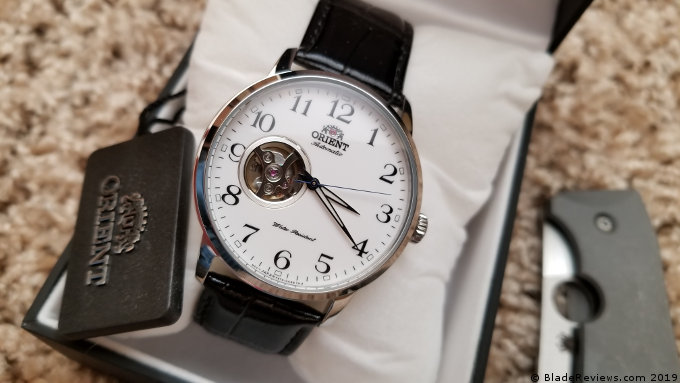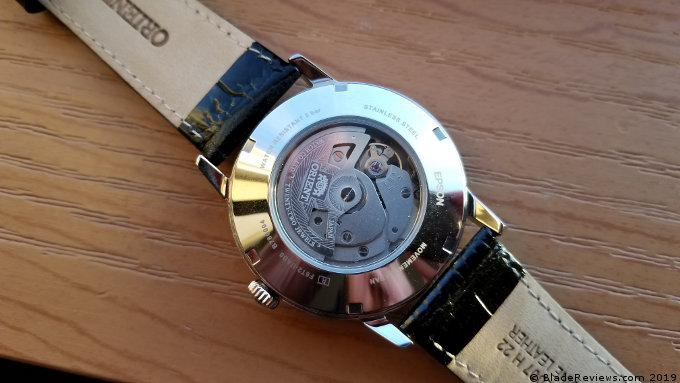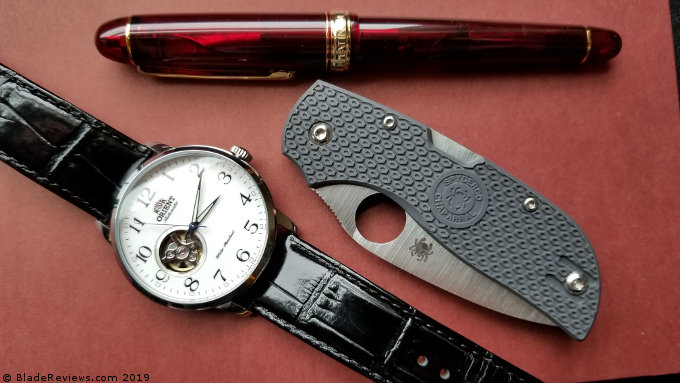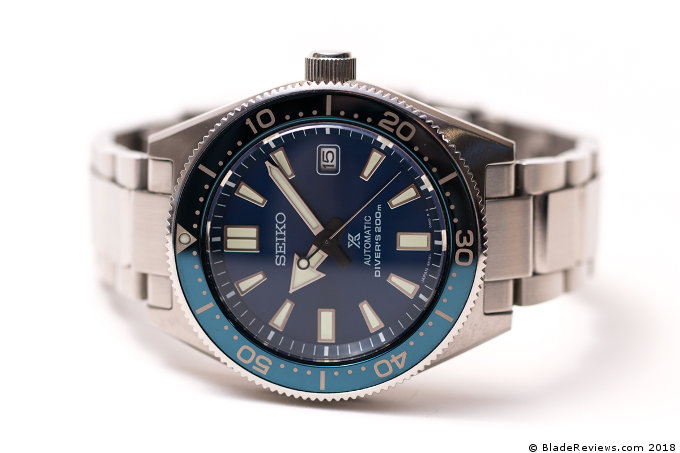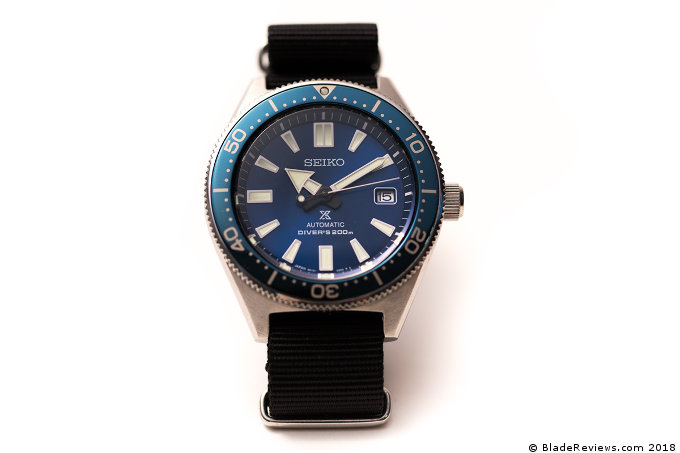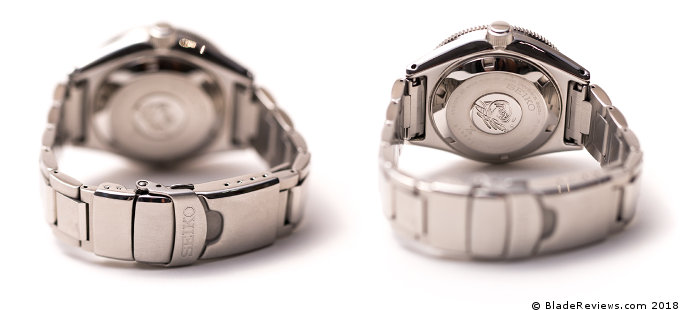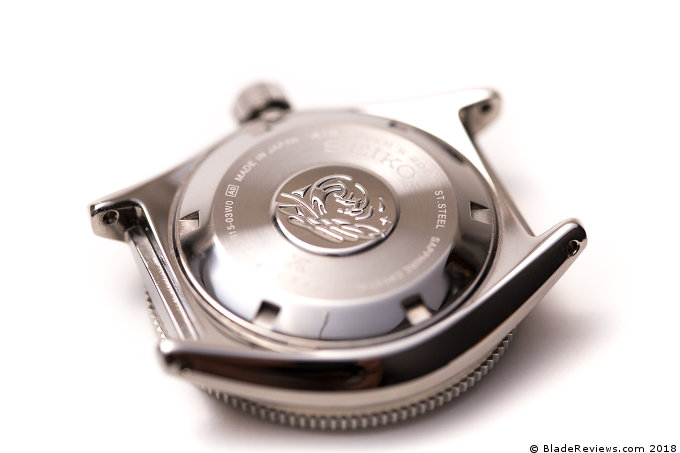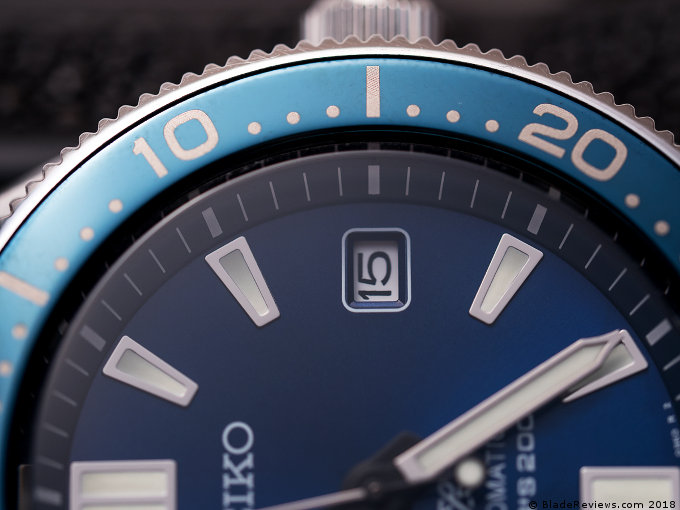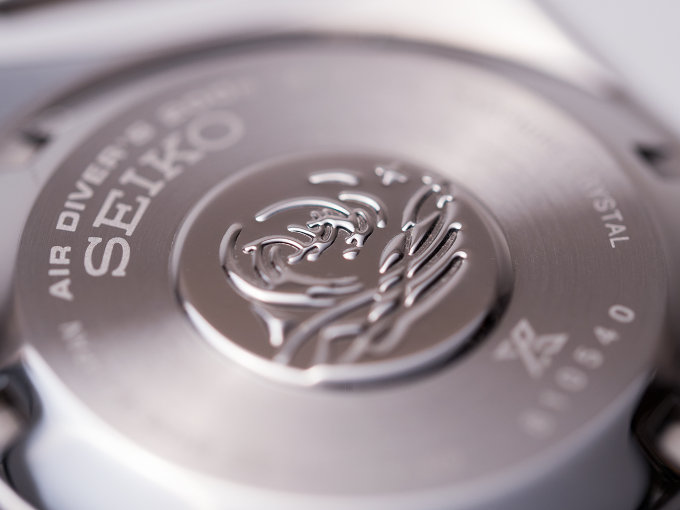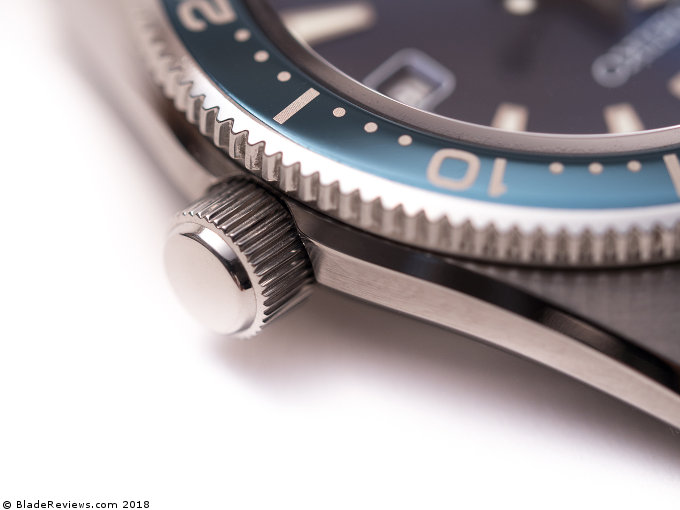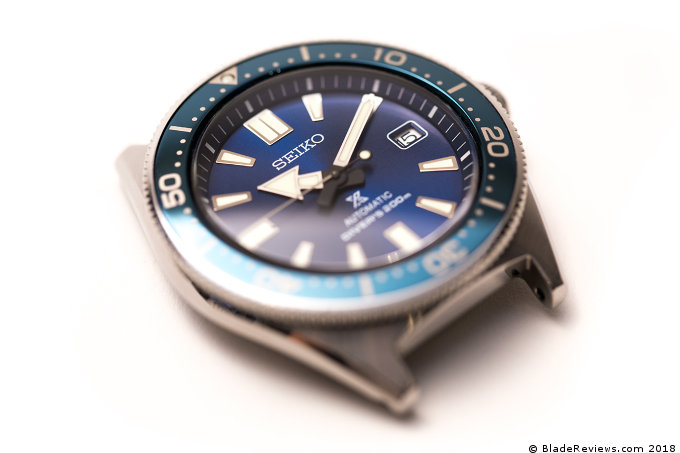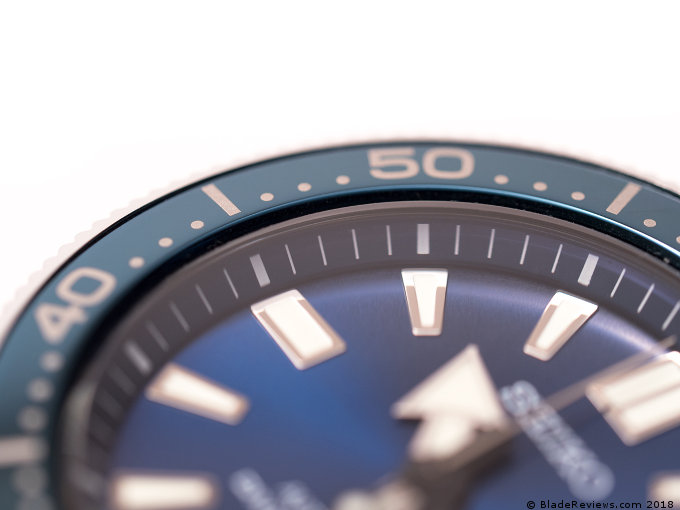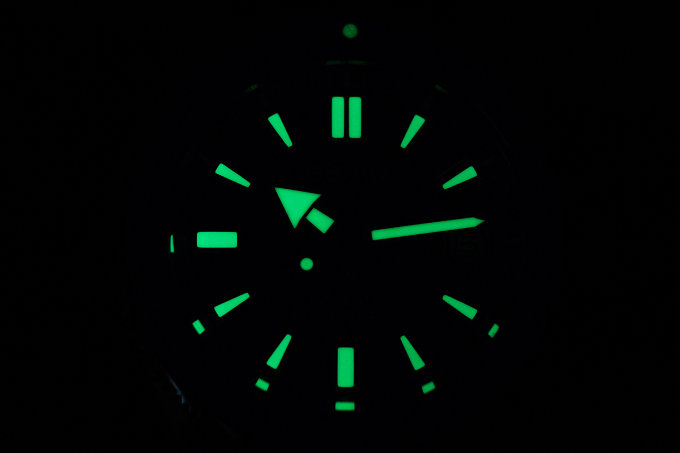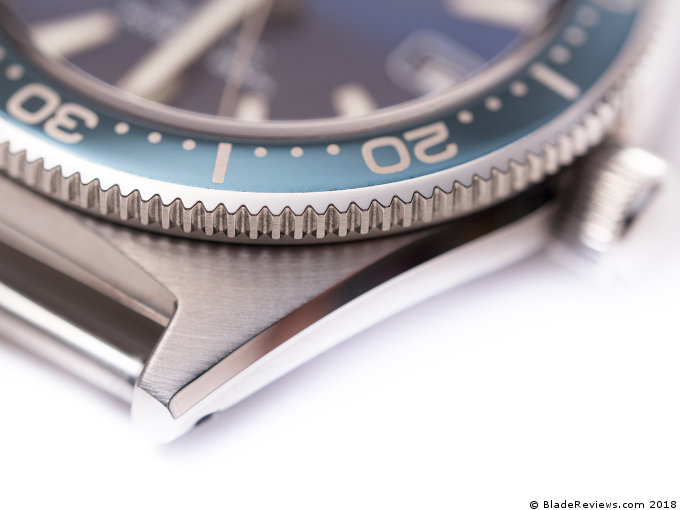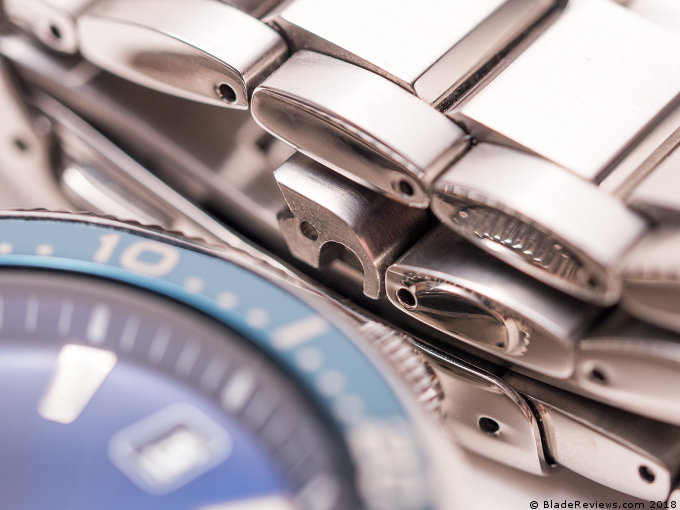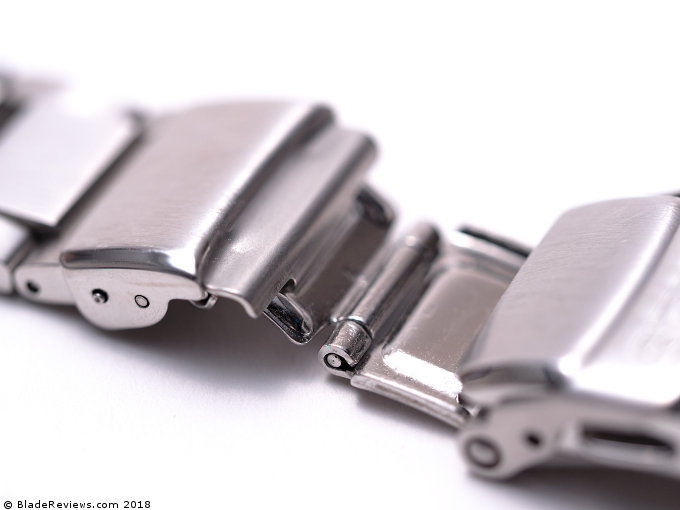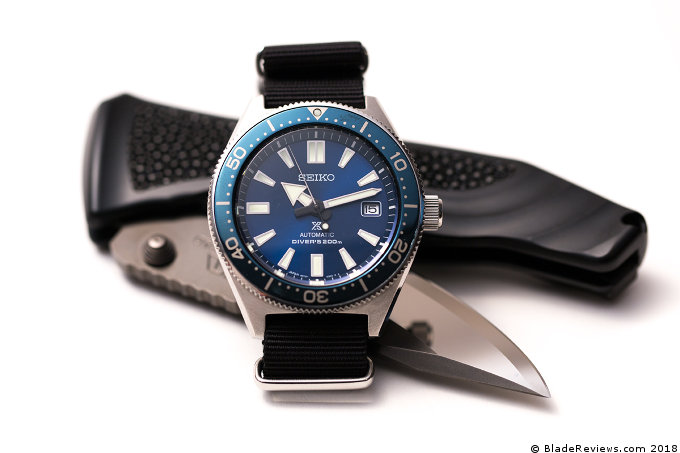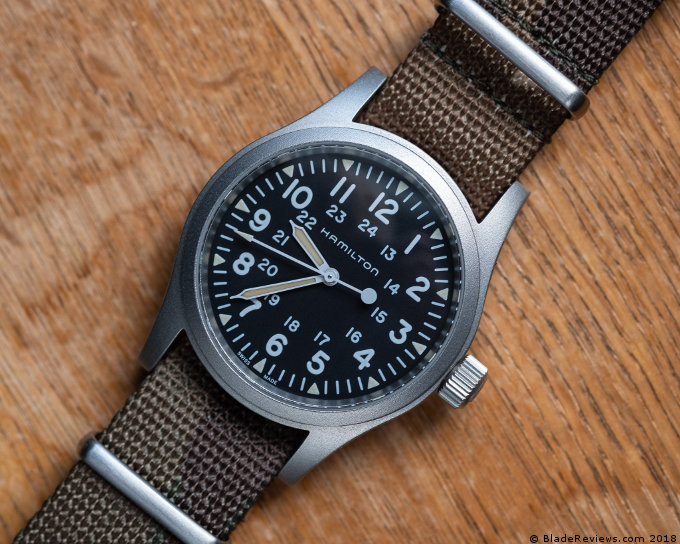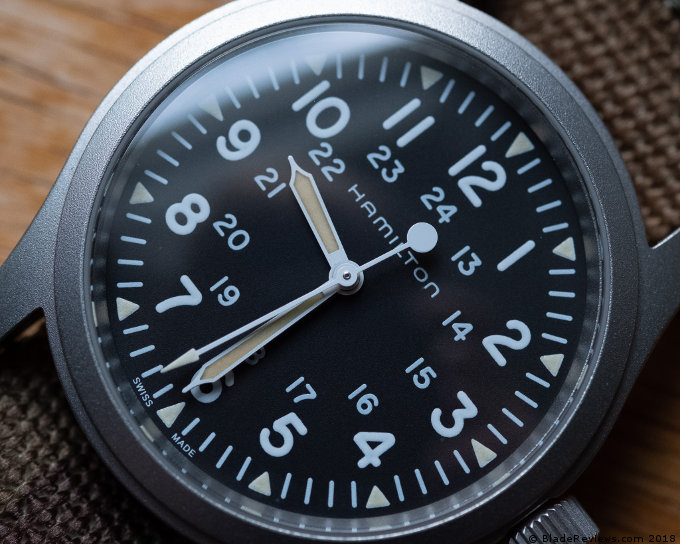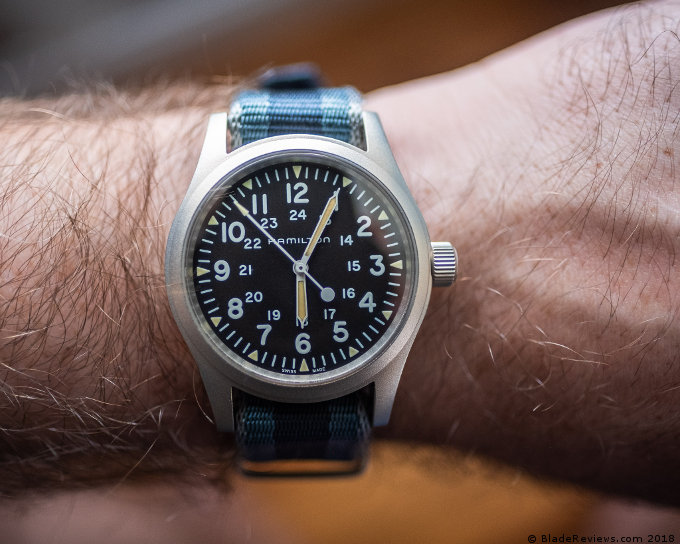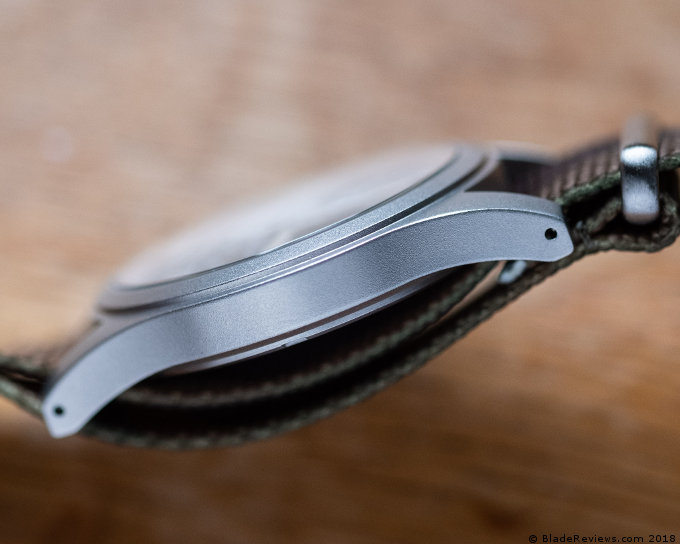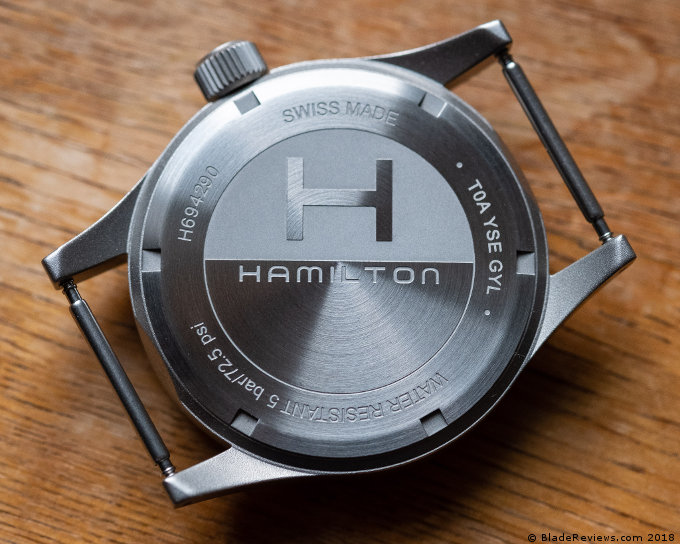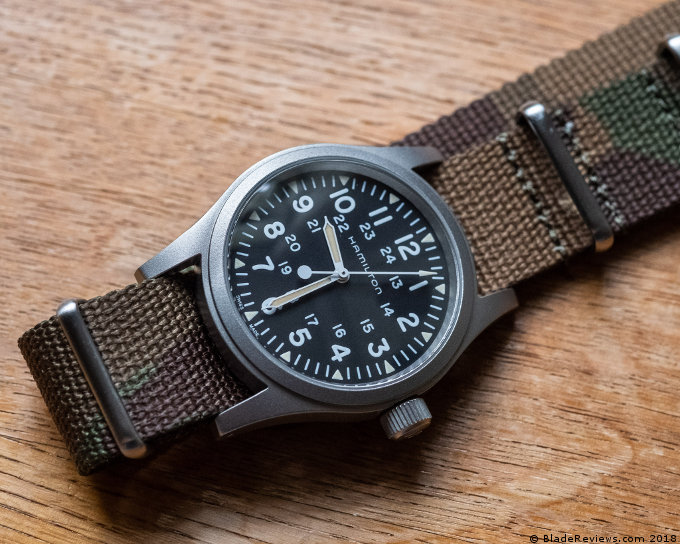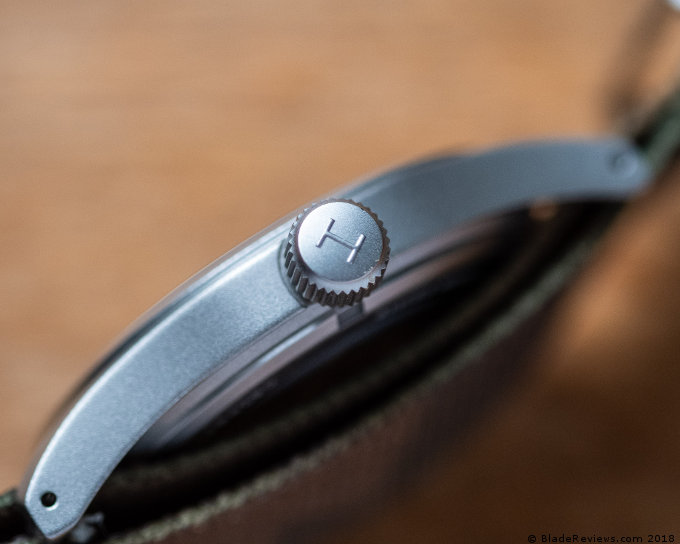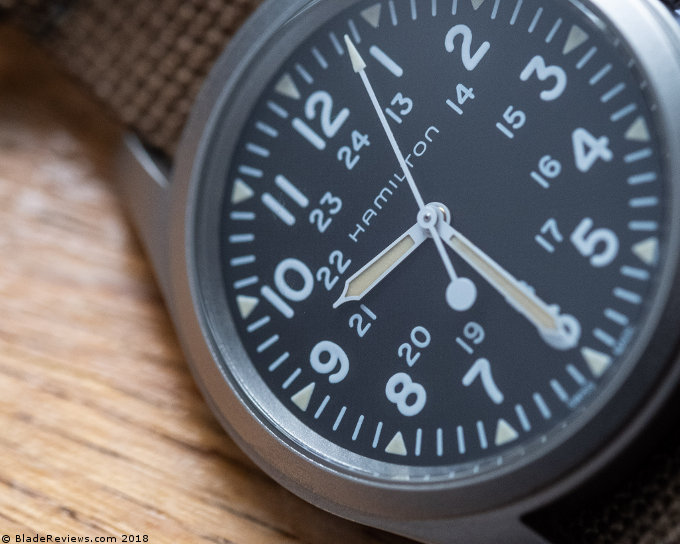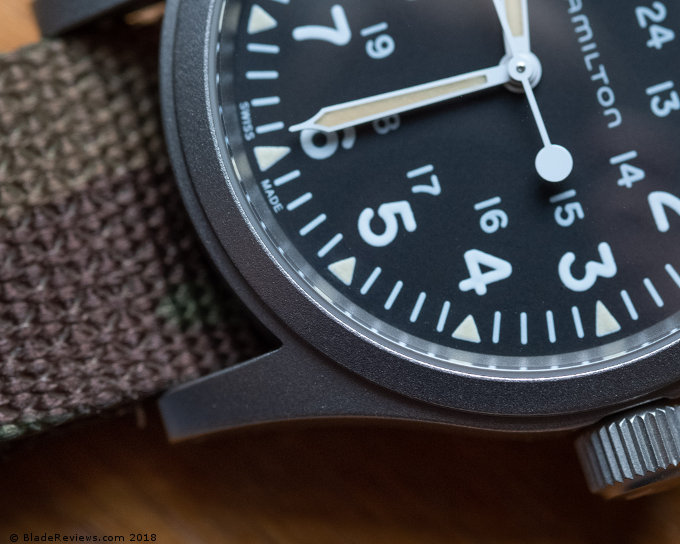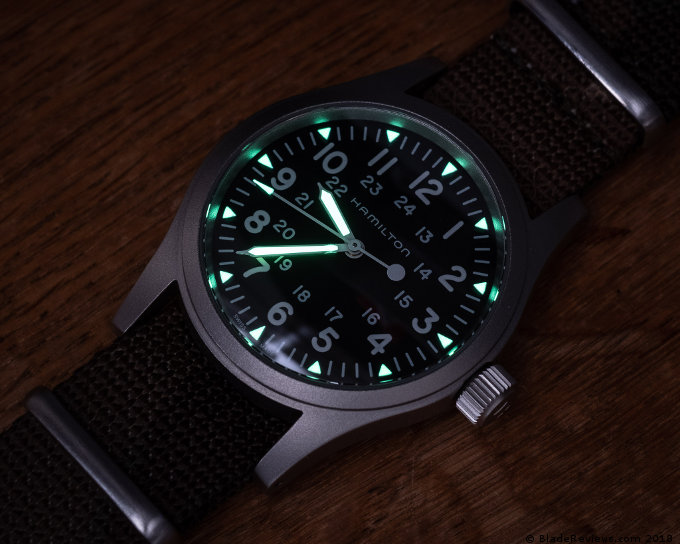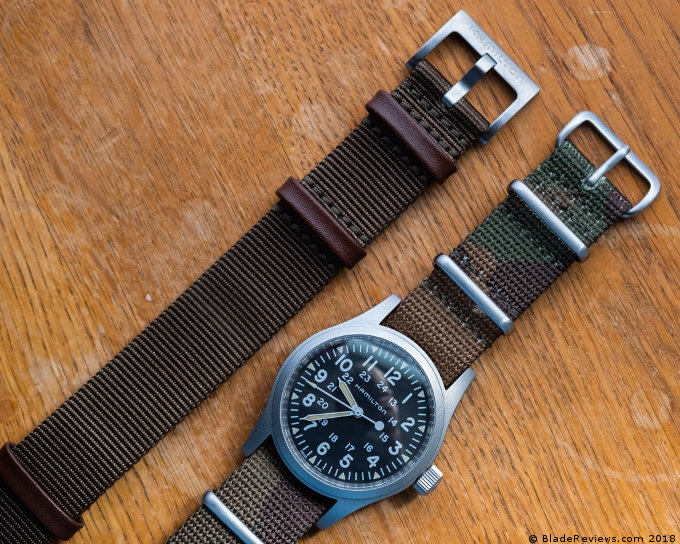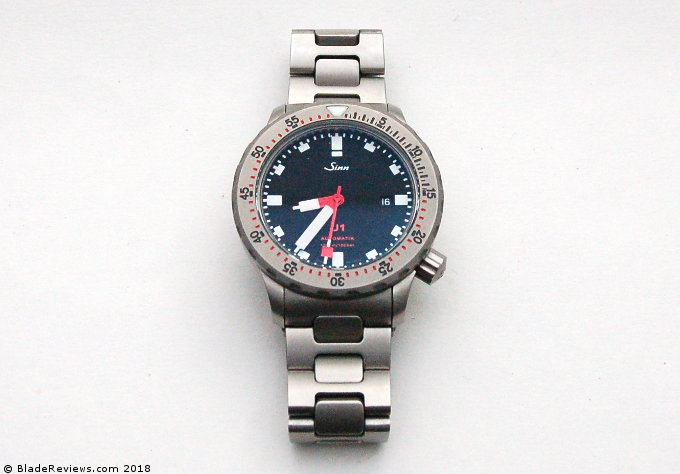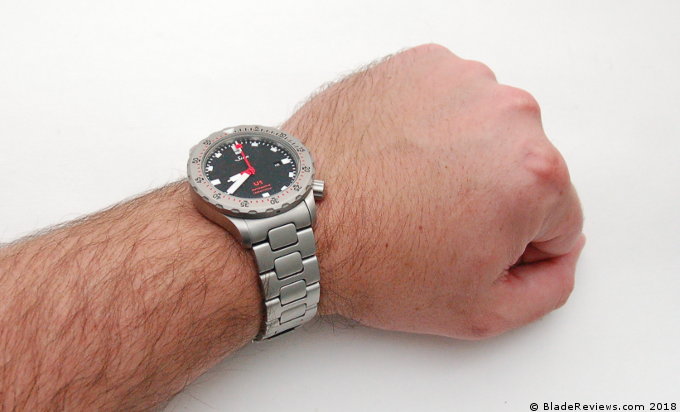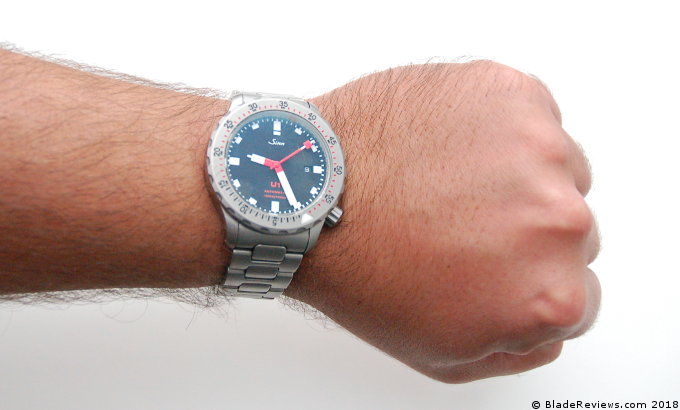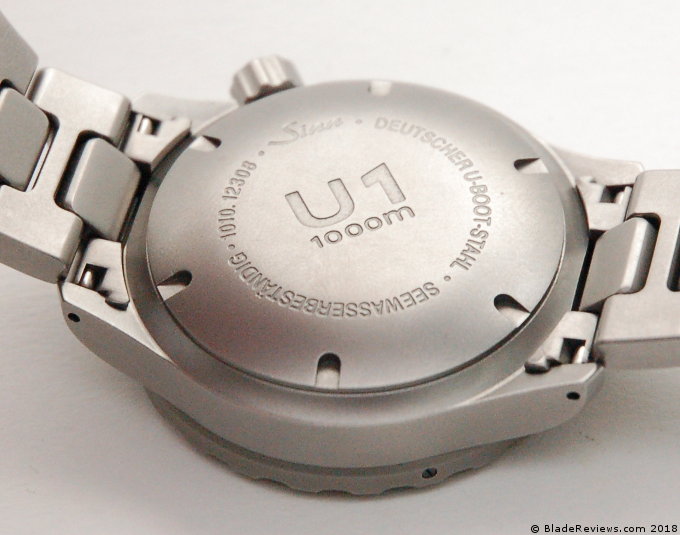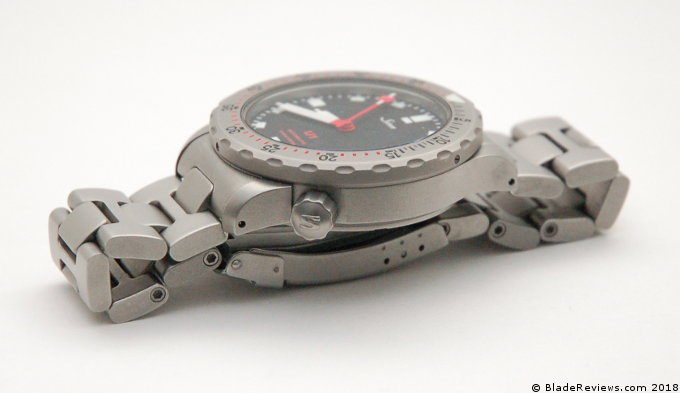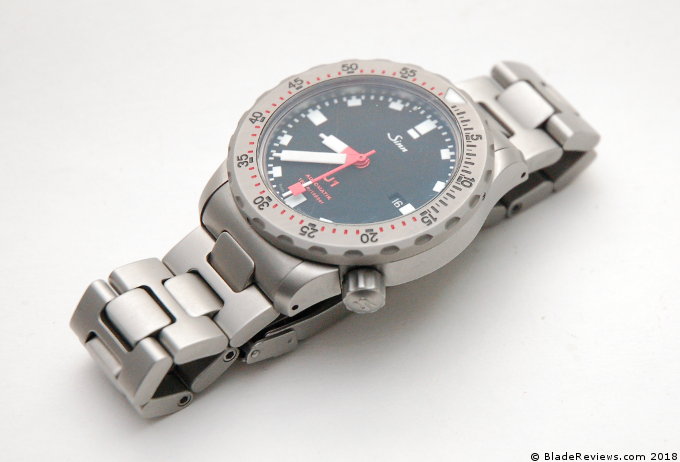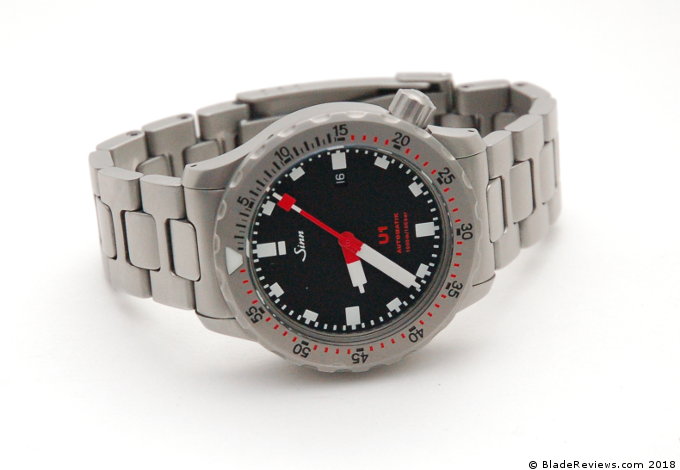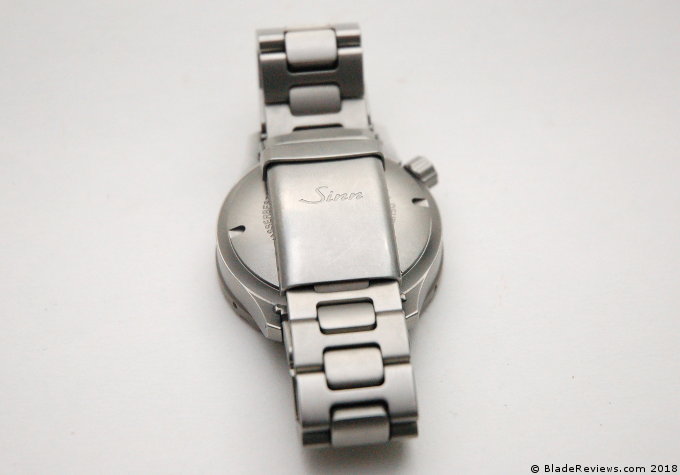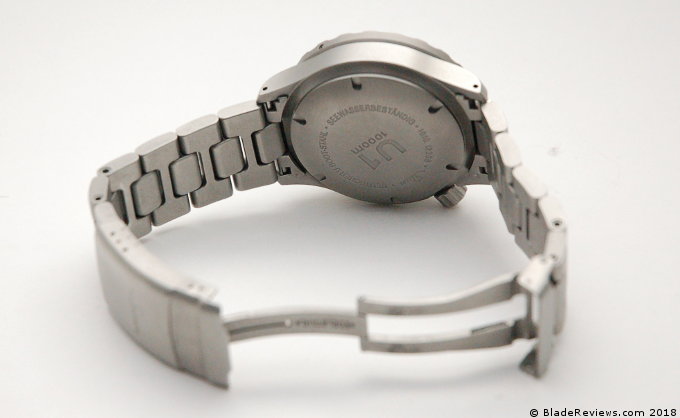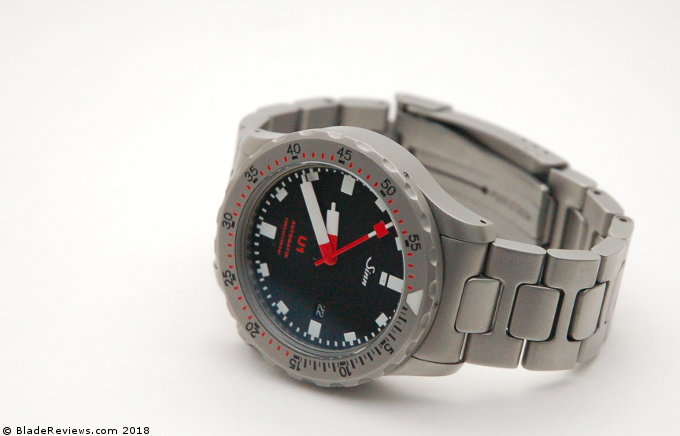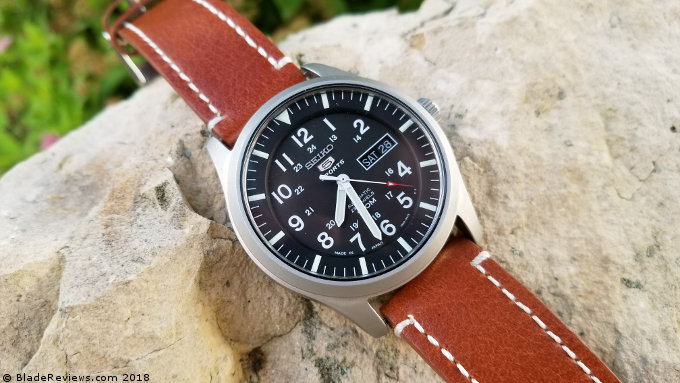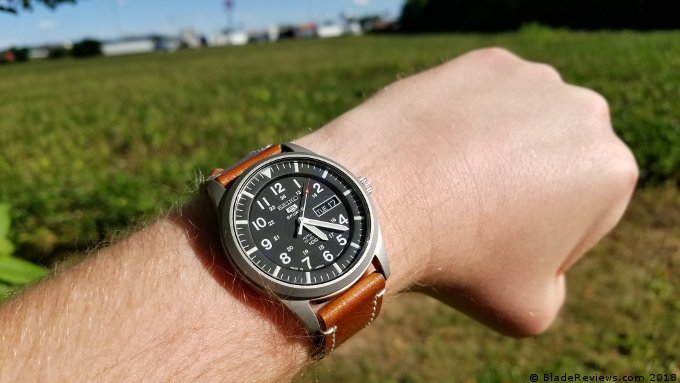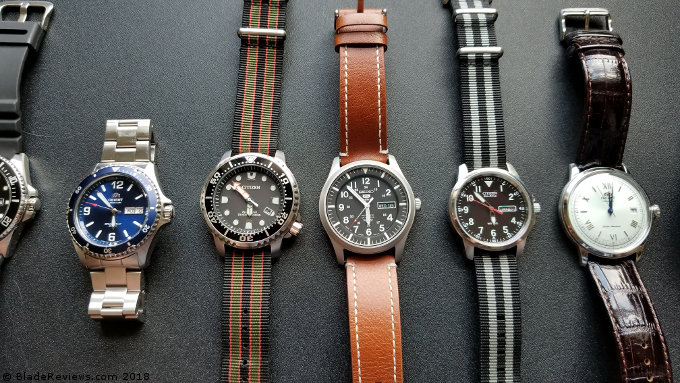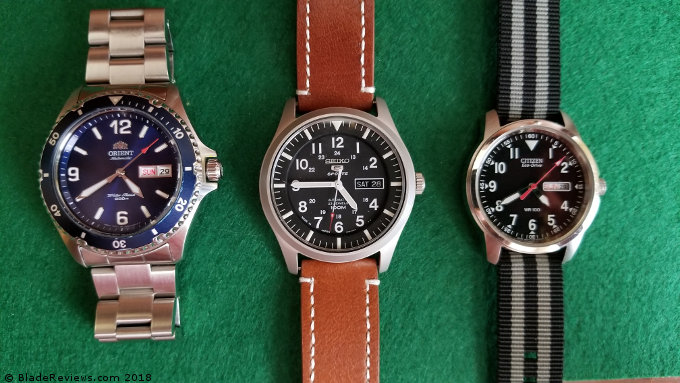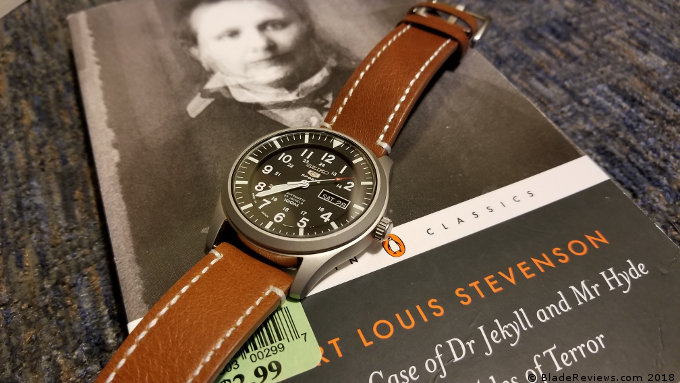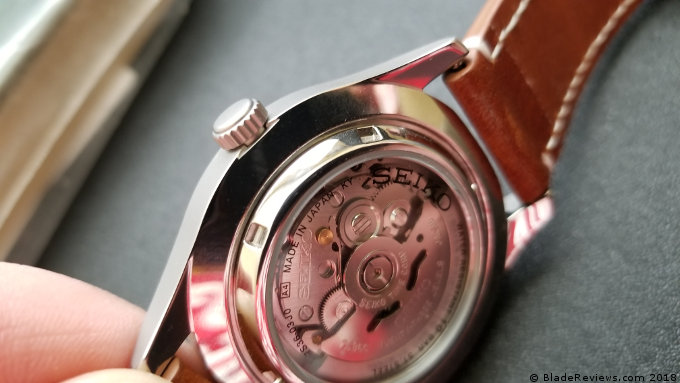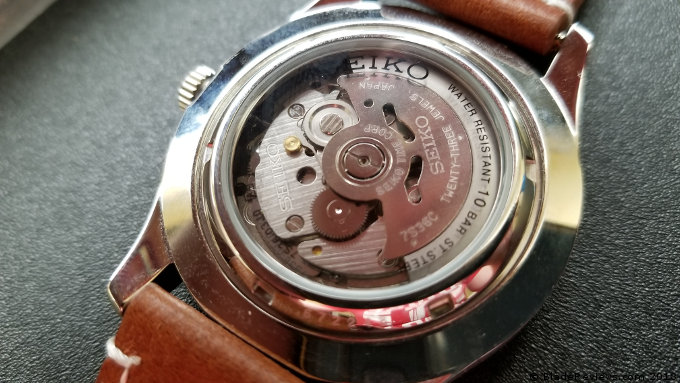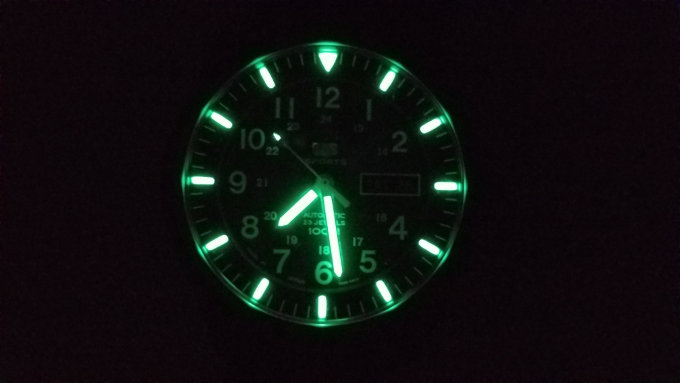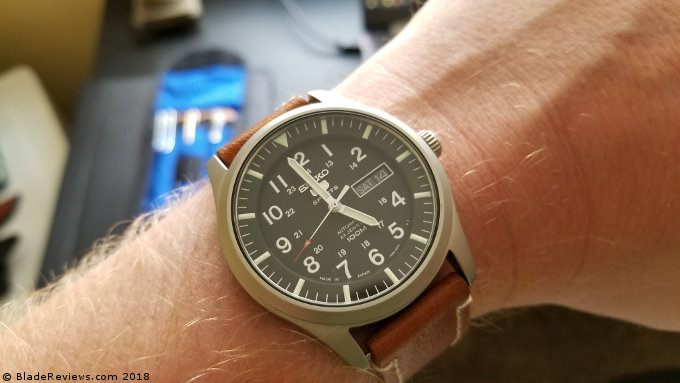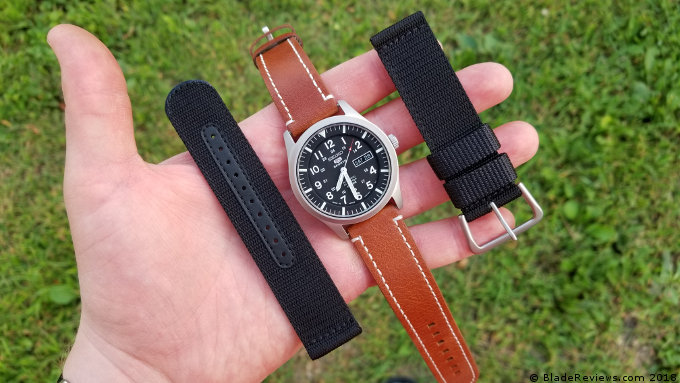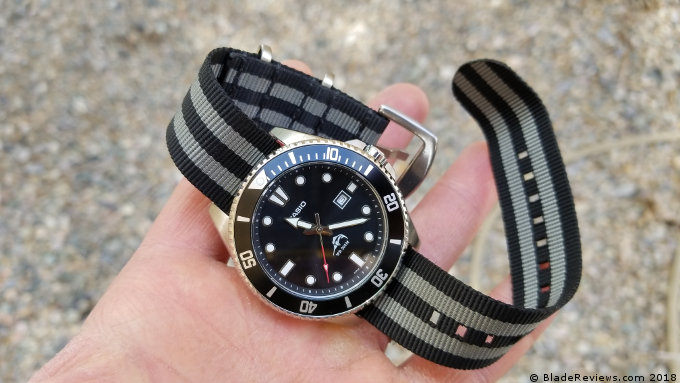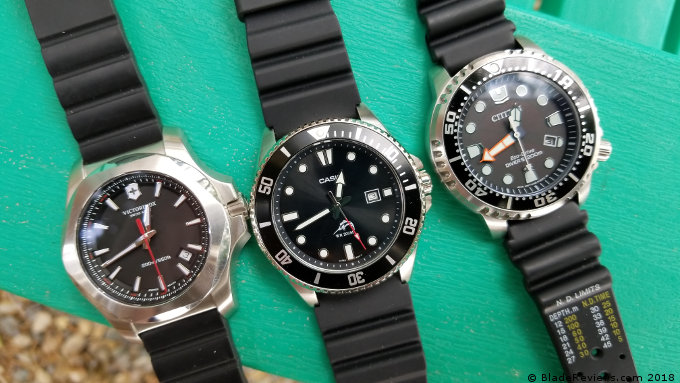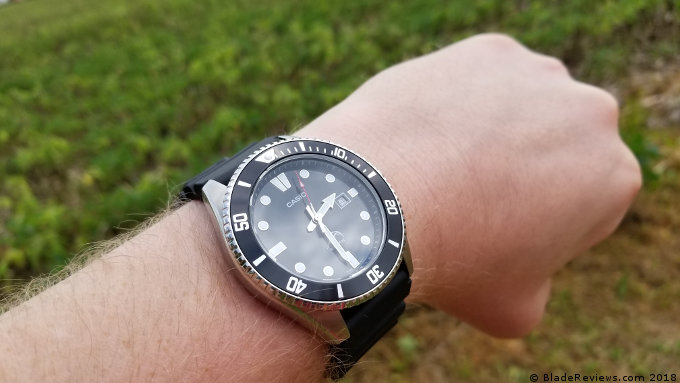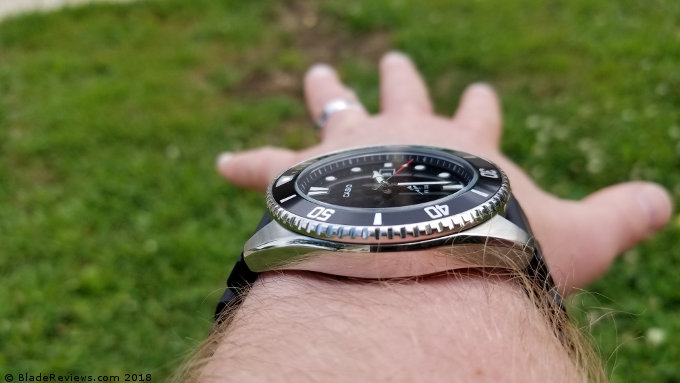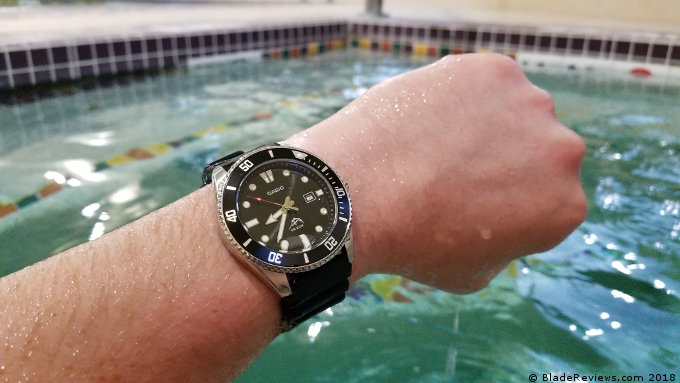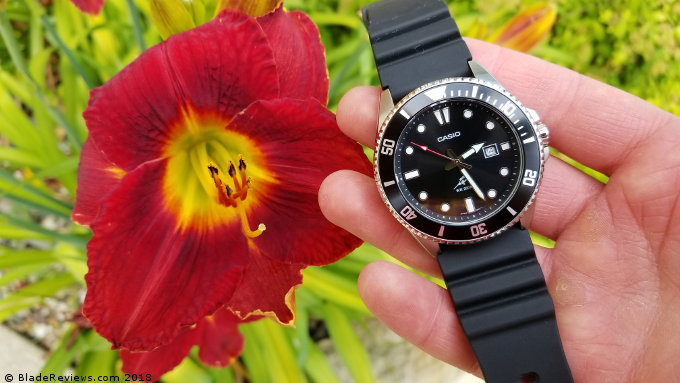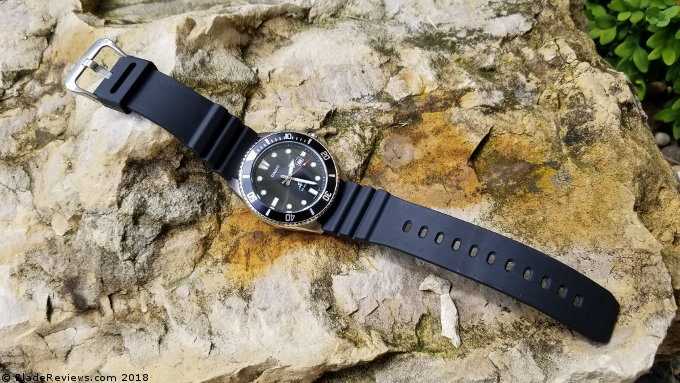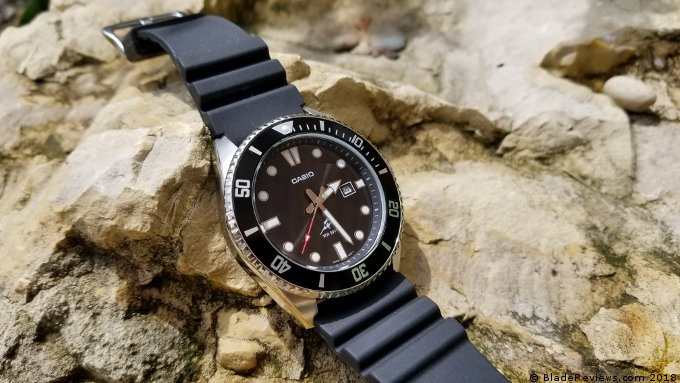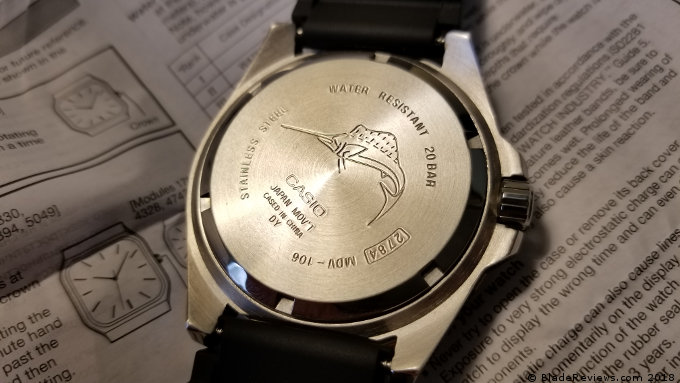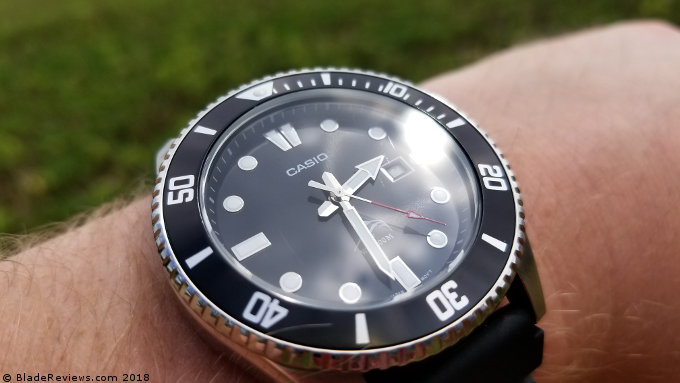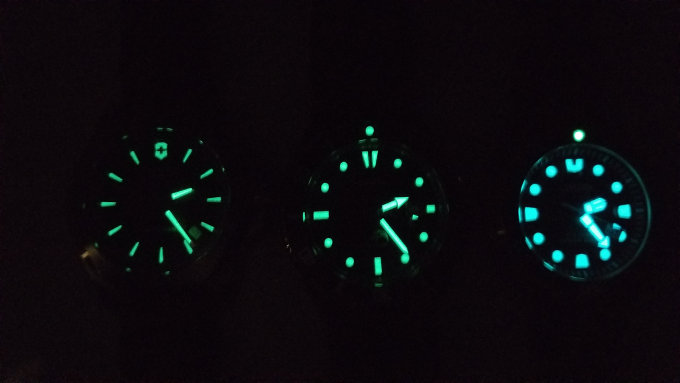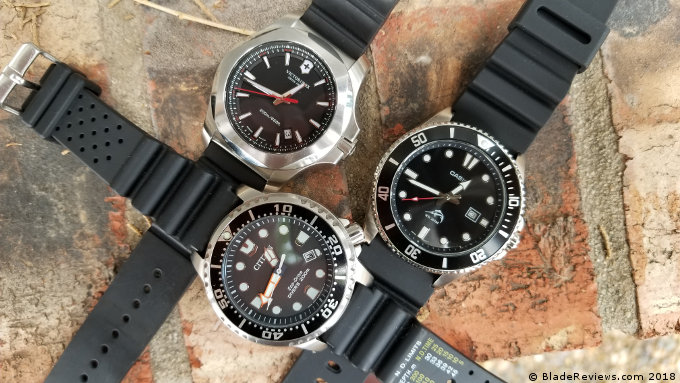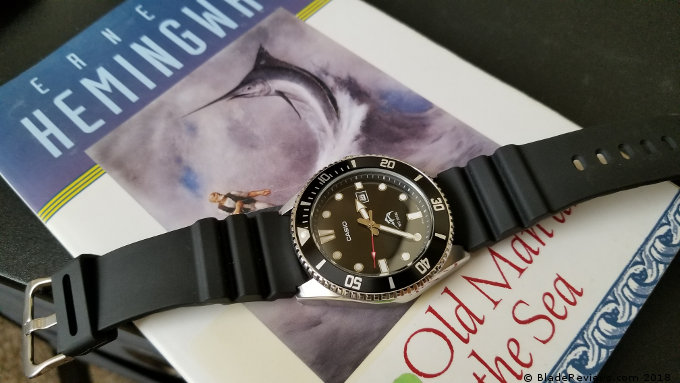After years of choosing timepieces based on their durability, it’s finally happened – I find myself in need of a dress watch. While 200-meter monsters like the Casio Duro and Victorinox INOX still rule my days, there’s now the occasional evening which calls for something a bit more refined.
I’d previously owned an Orient Bambino, a $130 mechanical bought and sold long before the need arose for tucked shirts and nice shoes. Fond memories of that watch brought me to the Orient Esteem Gen. 2, an open-heart automatic with a classic look and pedigree. Here’s how it fared after several months of testing.
Fit
Let’s grab a few stats before we dive into the details of the watch:
- Case Width: 41mm
- Case Thickness: 12.3mm
- Lug to Lug: 47mm
- Depth Rating: 5Bar (50m)
- Lug Width: 22mm
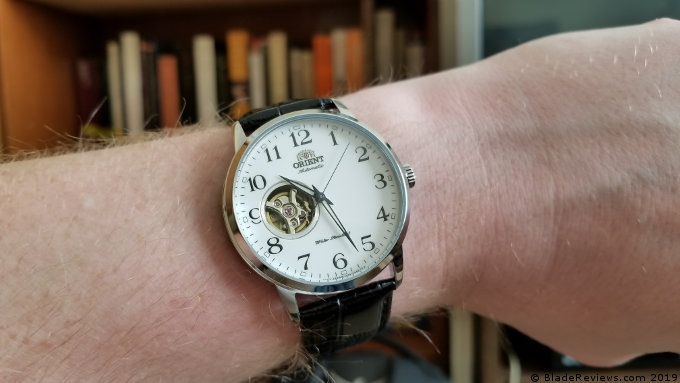
As someone with medium-sized wrists, the numbers that jump out most are the case width and distance lug to lug. These dimensions make for a dress watch that’s slightly on the larger side, both in wear and visual signature. We’ll get to the Esteem’s dial later, but there’s no denying the amount of white space in that 40-plus millimeter circle. If you’re planning to wear this watch to a fancy dinner party, be prepared to pick a suit that matches.
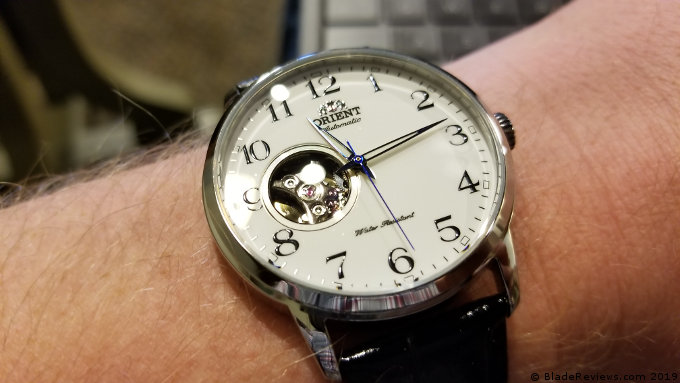
That being said, the watch does wear quite comfortably. It’s relatively thin for a budget-minded mechanical, sliding easily under the cuff of a shirt or jacket. I enjoyed the tactile sensation of the Esteem against my wrist, so long as my hand was on the table or at my side.
Movement
The Gen 2 Esteem is powered by Orient’s in-house Caliber F6T22 movement, a 22-jewel automatic assembly featuring the ability to hack and hand-wind. These are must-have features for me, no matter how loud the Seiko fans protest (I’m looking at you, 5 Series and SKX apologists). One of the main selling points of this watch is the open-heart design, which gives you a glimpse of the F6T22 in action.
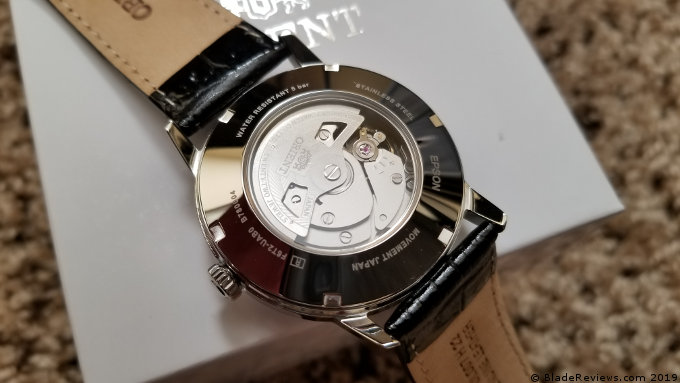
We’ll talk more about appearances later, though. For now, I’d to say a few words about the movement’s performance. “Inaccurate, inconsistent, and scratchy.” Yeah, those just about cover it. Look, I’m not expecting masterful performance from an entry-level mechanical. My other Orients (the Mako 2 and Bambino 2nd Gen) both ran about 10 seconds fast per day. But the Esteem ticks ahead to the tune of 15 seconds on the wrist, and as much as 20 in my watch drawer. The movement can be regulated for increased accuracy, as demonstrated by the “+” and “-“ symbols visible through the clear case back. But out of the box, this was something of a bummer.

My frustration with the Caliber F6T22 is exacerbated by the roughness of its winding. Turning the crown produces some rather harsh feedback, even more so than the Bambino. The rotor has a similar problem. Every swing of your arm sends the scratch of its arc into the bones of your wrist. At no point will you forget you’re wearing an automatic. That being said, I don’t think there’s anything mechanically unsound about the movement’s construction. It’s just the nature of lower-end autos.
I also find myself missing the date window. As someone who needs to know the date more or less constantly for work, I pine for the Bambino’s simple 1-31 display. The idea that people spend thousands of dollars on date-free watches boggles my mind. Maybe when I’m rich enough to afford one, I’ll understand. But until I reach that point, I need to know my days of the month.
Case and Crown
The Esteem’s case is nicely beveled, polished, and finished. Sure, it’s a bit large for my liking, but that doesn’t detract from the quality of its construction. There’s no brushing to be found anywhere. Every metallic surface reflects my face like a funhouse mirror.
The crown is simple, unsigned, and easy to use. The ridged grip is perfect, and the push/pull feel is solid. I have no reason to doubt its claimed 5-bar (50m) water resistance, though the leather band will probably keep this particular piece out of swimming pools.
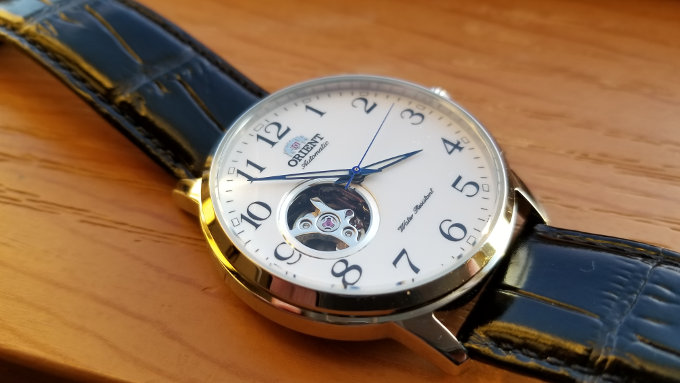
Speaking of the water resistance, let’s flip to the back of watch. That’s where you’ll find it printed, along with data on the movement’s origins and manufacturing details. But why take the printer’s word for it? Orient has included a clear case back, allowing you to see the action for yourself. I especially appreciate the etching on the rotor, with its interesting angles surrounding some additional branding. The visual interest of the movement almost makes up for its relatively poor accuracy. Almost.
Dial, Bezel, and Crystal
Let’s turn the watch back over and examine the face. Wait, what are those hollow rectangles above the hour markers? And why are the hands hollowed out? As it turns out, the Orient Esteem is part of a rare breed: A dress watch with lume. While certainly no Super-LumiNova, the applied compound will make for a smooth transition from the brightly-lit ballroom to the more intimate glow of the balcony.
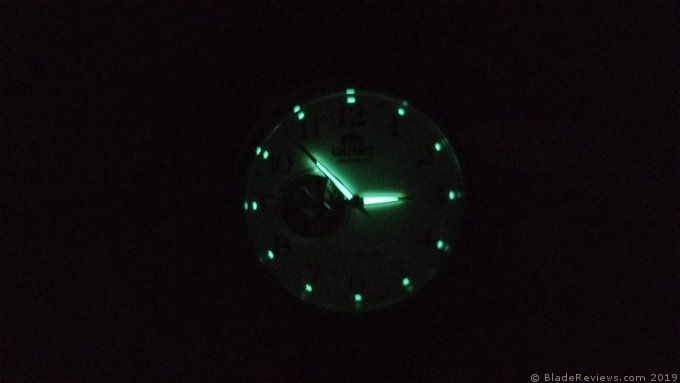
Speaking of applied things, take a look at the logo. The twin lions are in fine form here, mimicking the look of the Orient Mako, Ray, and Bambino. Unfortunately, that’s where the Esteem begins to dress down. While the Bambino features applied indices and a date window, this watch is left with painted numerals and a massive amount of white, empty space. It’s more off-putting in person than the photos perhaps convey, which is why I didn’t notice before pulling the trigger on the purchase.
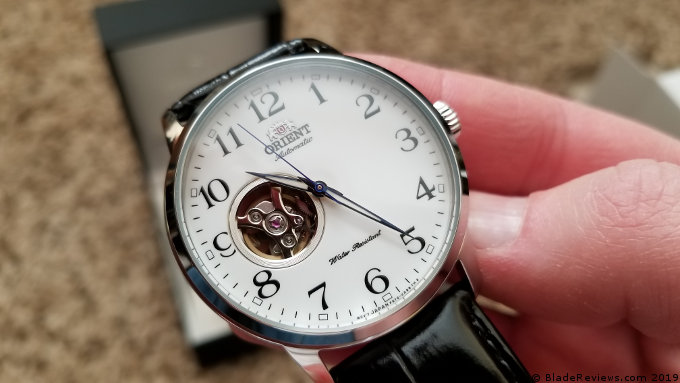
“Hold on,” you might say. “You’re missing the entire point of the Esteem’s ethos. Just look at that beautiful open-heart movement.” And you’re right – The window into the watch’s inner workings is really a sight to behold. The nicely polished components spin and click behind the sweeping seconds hand, showing the complexity to be found even in a basic, dateless movement.
Too bad about the 9 o’clock marker, though. The numeral is partially cut away, creating this awkward reminder that the indices are simply painted onto the watch’s face. It’s a visual bummer, nagging at me every time I stop to enjoy the movement window.
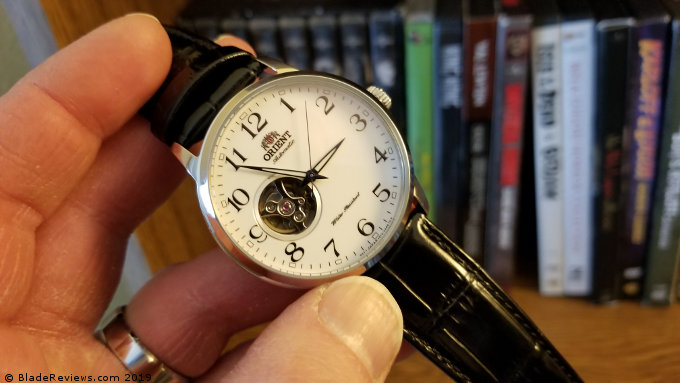
Let’s round out this segment with a few words on the crystal. It’s Orient’s standard mineral glass, which served admirably on my Bambino. Here, however, the dome effect has been flattened considerably. There’s still a bit of rounding above the polished steel bezel, but nothing near the lens-like quality of its cousin. I actually prefer this approach. It’s easier to read at an angle, and the flatter surface will probably avoid scratches more than the Bambino’s bubble.
Strap/Bracelet
The Esteem’s leather band addresses another of my biggest annoyances with my previous Orient dress watch. While the Bambino features an oddball 21mm size, the Esteem has bumped things up to the much more common 22mm. This greatly widens the pool of potential replacement straps.
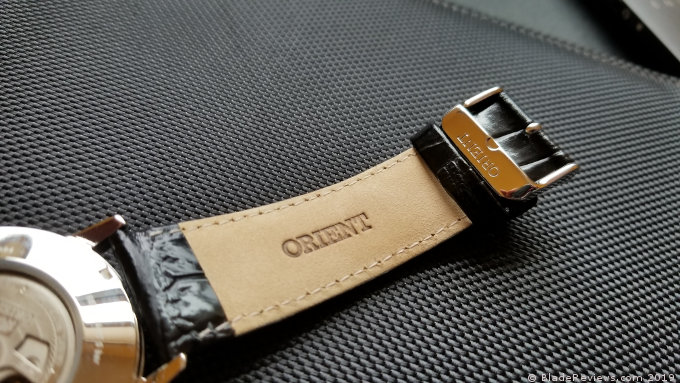
That is, if you feel the need to make a switch. The black “Genuine Leather” seems nice enough for a watch in this price point, and the signed buckle makes for a nice touch. I found this to be a thoroughly comfortable wearer. Additional break-in time would further improve the experience, softening the crocodile-patterned canvas.
Orient Esteem Review – Final Thoughts
After more than two months, I still haven’t warmed to the Esteem. It addresses several of my main complaints with the Bambino (hidden movement, no lume, and weird band size), but adds several nitpicks of its own. The spotty accuracy, plain face, and absent date window stick in my craw more than expected. Add in the slightly larger size and scratchy movement, and I find myself pining for the old days.
That’s not to say that this is a bad watch. It’s light years ahead of the Seiko 5’s of the world, whatever my complaints may be. But as the unnumbered days roll on, I’ve come to the conclusion that this isn’t the watch for me. My search for the perfect budgetary dress piece will continue.
However, none of this means that the Gen. 2 Esteem is a terrible timepiece. If you see what you like here, then I can still vouch for its comfort and construction. The accuracy isn’t great, but overall quality I expect from Orient is still here.
- Mineral Crystal
- Open Heart Display
- Japanese-automatic Movement
- Case Diameter: 41mm
- Water resistant to 50m (165ft: in general, suitable for short periods of recreational swimming, but not diving or snorkeling
Editor: I recommend purchasing the Orient Esteem at Amazon or Jomashop. Please consider that buying anything through any of the links on this website helps support BladeReviews.com, and keeps the site going. As always, any and all support is greatly appreciated. Thank you very much.
Also, if you like the watch reviews, here is a link to all our watch reviews.
